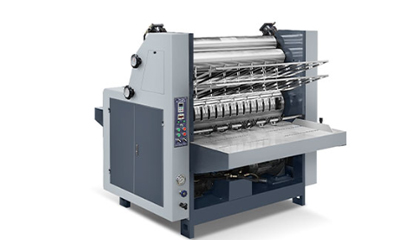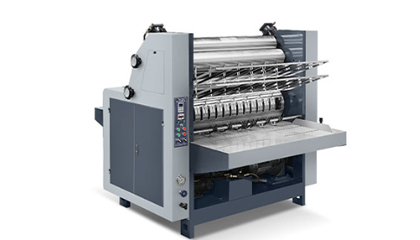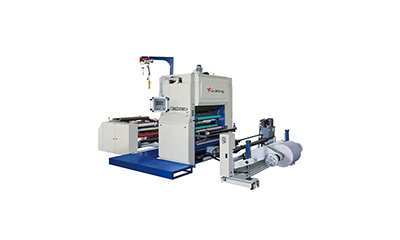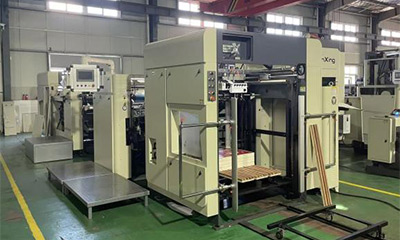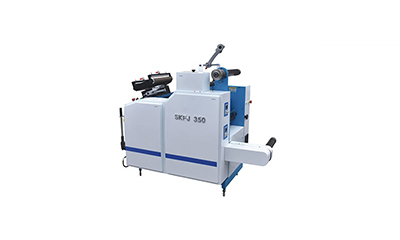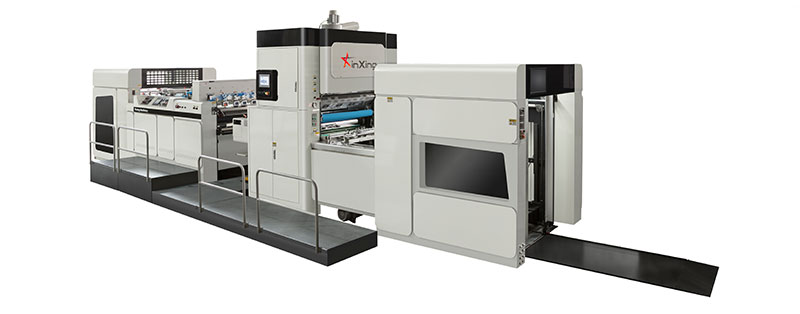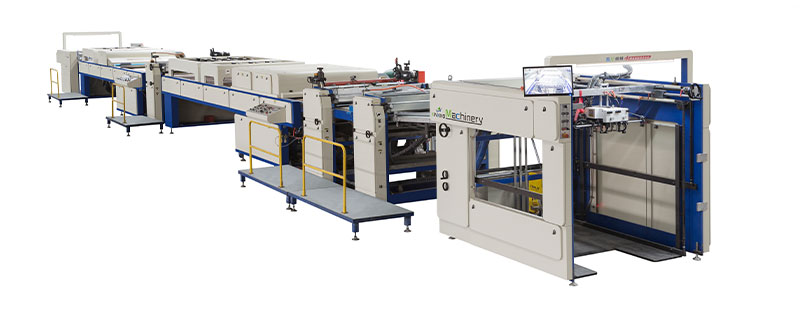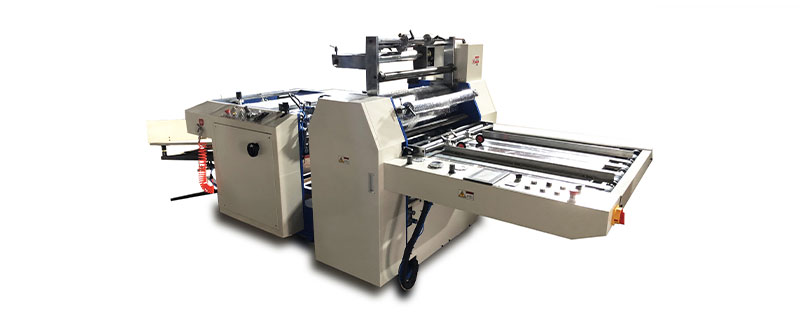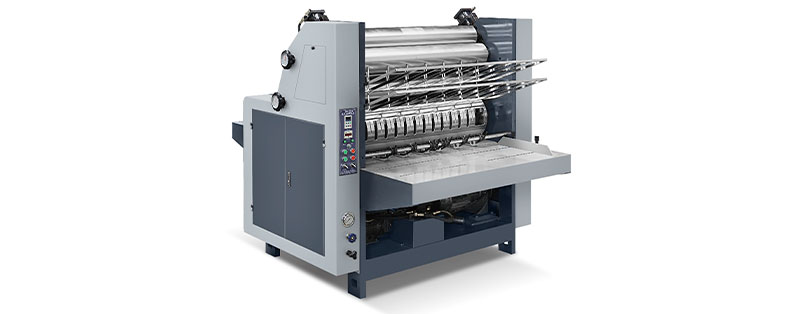Industrial roll laminating machines play an essential role in packaging, printing, signage, and various manufacturing sectors where large-scale protective film application is required. These machines combine speed, efficiency, and versatility to deliver high-quality lamination for different substrates. Understanding how they work helps businesses choose the right laminating solution for their production needs.
What Are Roll Laminating Machines?
Roll laminating machines are equipment designed to apply a protective film—typically made of PET, BOPP, PVC, or other laminating films—onto paper, boards, or flexible materials. Unlike pouch laminators, which serve small office tasks, roll laminators use continuous rolls of film, making them ideal for industrial-level, high-volume production.
These machines are commonly used in packaging, book covers, posters, labels, blueprints, and signs. Their primary function is to enhance durability, improve appearance, and protect substrates from moisture, abrasion, and environmental damage.
Hot or Cold Roll Laminating?
Industrial roll laminators generally operate in two modes:
1. Hot Roll Laminating
Hot lamination uses heated rollers to activate the adhesive layer on thermal films.
Suitable for:
-
Printing materials
-
Packaging boxes
-
Photos and images
-
Documents requiring strong adhesion
Advantages:
-
Stronger bonding
-
Glossy, smooth finish
-
Better durability
2. Cold Roll Laminating
Cold laminating uses pressure-sensitive adhesive films without heat.
Suitable for:
-
Heat-sensitive materials (e.g., inkjet prints, vinyl, PVC signs)
-
Soft or delicate substrates
Advantages:
-
No risk of heat damage
-
Ideal for wide-format graphics
-
Energy-saving and simple setup
Process of Heated Roller Laminator
In a heated roll laminating system, the process involves several essential steps:
1. Film Unwinding: Laminating film from upper and lower rolls is fed into the machine.
2. Heating and Temperature Control: Thermal rollers heat the film to activate the adhesive layer.
3. Substrate Feeding: Paper or board is aligned and fed into the rollers simultaneously with the film.
4. Bonding Under Heat & Pressure: The heated rollers apply consistent pressure, causing the adhesive to melt and bond tightly to the substrate.
5. Cooling Section: Cooling rollers stabilize the laminated sheet, preventing curling or warping.
6. Cutting and Rewinding/Sheeting: The laminated output is either rewound into rolls or cut into sheets depending on production requirements.
What Is the Laminating Process of the Laminating Machine?
The general laminating process followed by industrial laminators—both hot and cold—involves:
1. Preparation – Choosing the correct film type, thickness, and substrate.
2. Machine Setup – Adjusting roller pressure, temperature, tension, and speed.
3. Feeding – Aligning the substrate to avoid wrinkles or bubbles.
4. Rolling Lamination – Film bonds to the material through heat or pressure.
5. Cooling & Flattening – Ensures smooth and stable finish.
6. Cutting & Finishing – Sheets are trimmed, slit, or rewound according to product specifications.
This sequence ensures uniform adhesion and a high-quality laminated finish.
Advantages of Using Roll Laminators
Using industrial roll laminating machines offers multiple benefits:
High Efficiency for Mass Production: Capable of continuous operation and handling long runs without interruption.
Versatile Material Compatibility: From paper to cardboard, vinyl, films, and even fabric—roll laminators work with a wide range of substrates.
Consistent Lamination Quality: Uniform pressure and temperature control produce smooth, bubble-free surfaces.
Enhanced Durability & Protection: Laminated products resist moisture, wear, scratches, and fading—extending product lifespan.
Improved Product Appearance: Glossy, matte, or textured lamination enhances visual appeal and professional finish.
Lower Operating Costs: Roll film is more cost-effective than pouches, especially for industrial-scale operations.
Conclusion
Industrial roll laminating machines are essential tools for businesses seeking high-quality, large-format, and continuous lamination solutions. By understanding hot vs. cold laminating, the heated roller process, and the overall lamination workflow, users can optimize efficiency and achieve superior protection and aesthetics for their products.
FAQ
Q1. What materials can industrial roll laminators handle?
They can laminate paper, cardboard, coated sheets, vinyl, PET, BOPP film, fabric, posters, labels, and various flexible packaging materials.
Q2. What is the difference between hot and cold roll laminating?
Hot laminating uses heated rollers to activate thermal adhesive for strong bonding, while cold laminating relies on pressure-sensitive adhesive films suitable for heat-sensitive substrates.
Q3. Do I need special films for hot and cold laminating?
Yes. Hot laminators require thermal laminating films, while cold laminators use pressure-sensitive adhesive films.
Q4. What is the ideal temperature for hot roll laminating?
Typically between 80°C–130°C, depending on film type and thickness; thicker films require higher temperatures.
Q5. How fast do industrial roll laminators operate?
Industrial models range from 10–100 meters per minute, depending on machine configuration and material.


